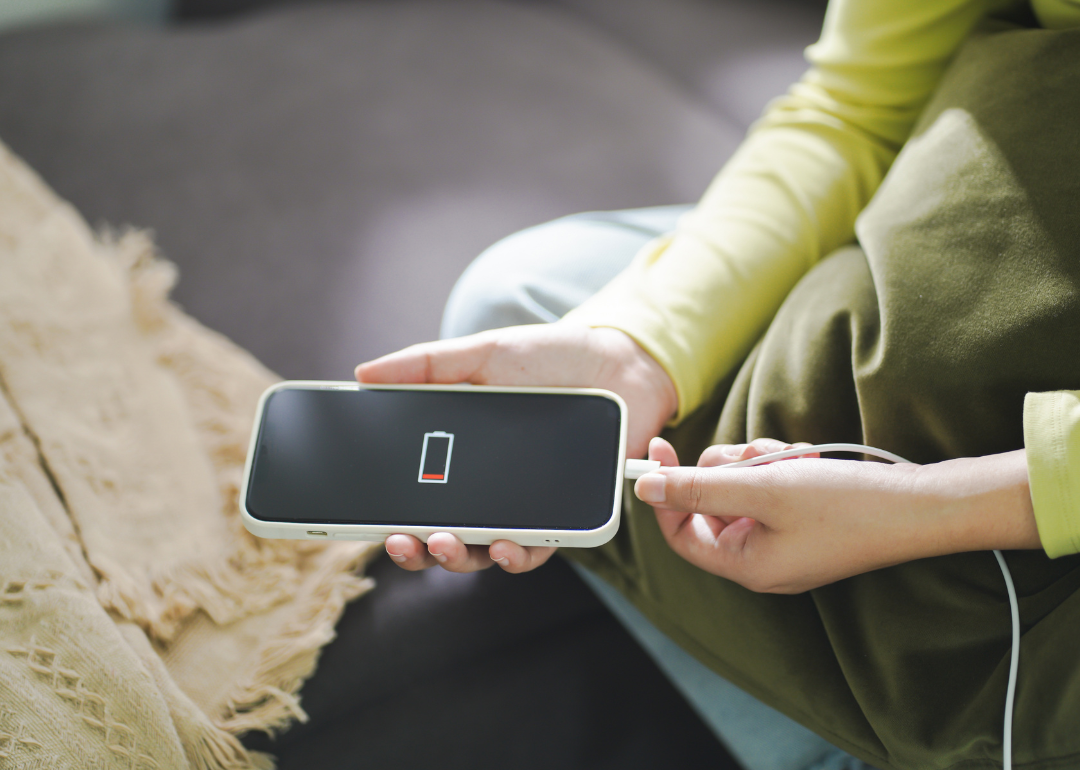
No, don't put your wet phone in rice: Popular phone myths debunked, according to science
This story originally appeared on Visible and was produced and distributed in partnership with Stacker Studio.
No, don't put your wet phone in rice: Popular phone myths debunked, according to science
Americans are on their phones for five hours per day on average, according to a 2024 Reviews.org survey. But despite that fact, those trusty hand-held devices can be a bit of a mystery to many smartphone users. Smartphones have only been around for about 30 years (though not taking off widely until the early 2000s) but that fact, combined with how quickly their technology evolves, means there are some major misunderstandings about cellphone use among the American public.
Certain phone myths persist, even though scientists, health experts, and manufacturers have told customers otherwise. From not leaving your phone plugged in overnight to rice being the secret to successfully drying out a wet phone, some common misconceptions about smartphones seem true—but research says differently.
To set the record straight, Visible partnered with Stacker to review research from universities, scientific journals, and news sources to identify seven common myths about phone use that have been debunked. Many of these misconceptions were once rooted in fact, but as technologies rapidly develop, they've since become outdated. Meanwhile, others are just plain untrue.
Read on to find out which of your long-held beliefs about charging, cleaning, and maintaining your phone you need to retire.
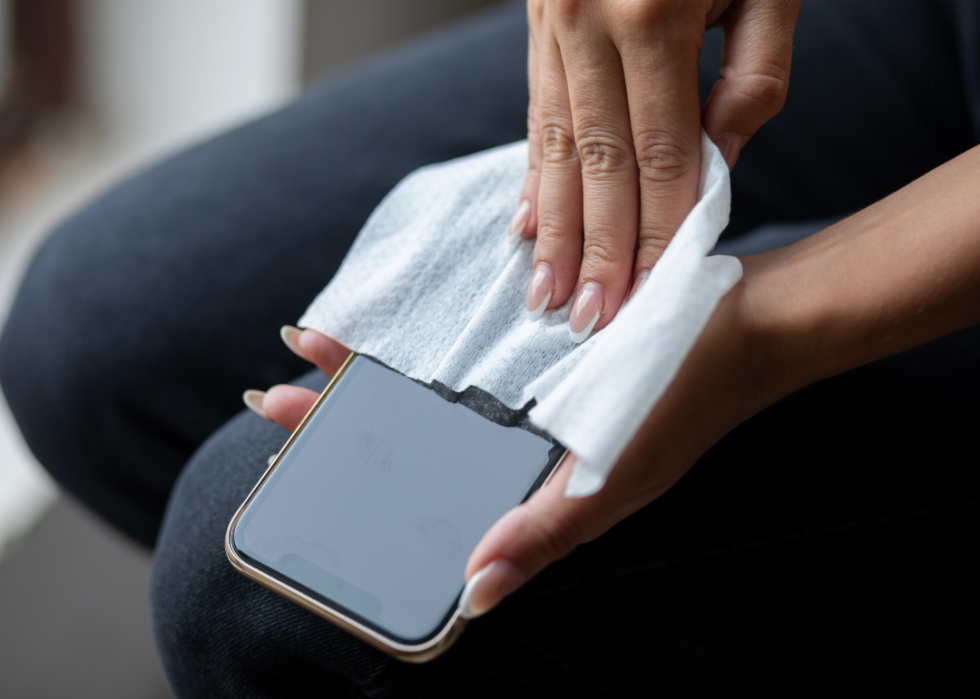
Myth: Putting your wet phone in dry rice will prevent water damage
This misunderstanding probably came about because rice does indeed absorb water and was occasionally used to keep film equipment dry in the early days of Hollywood. This quick fix was popularized through online articles and forum postings that applied the trick to phones shortly after the original iPhone came out, including a 2007 post on MacRumors and a Washington Post article about a wet Blackberry that same year.
However, in 2014, phone repair company TekDry commissioned a study that found that even after 48 hours submerged in dry rice, only 13% of water was dried out of phones. Because the rice doesn't actually make contact with the inner electronics of the phone, it can't actively draw out all the moisture. Instead, multiple companies say the best way to treat a wet phone is to dry it off with a lint-free cloth, place it in front of a cool fan, and let the air circulate.
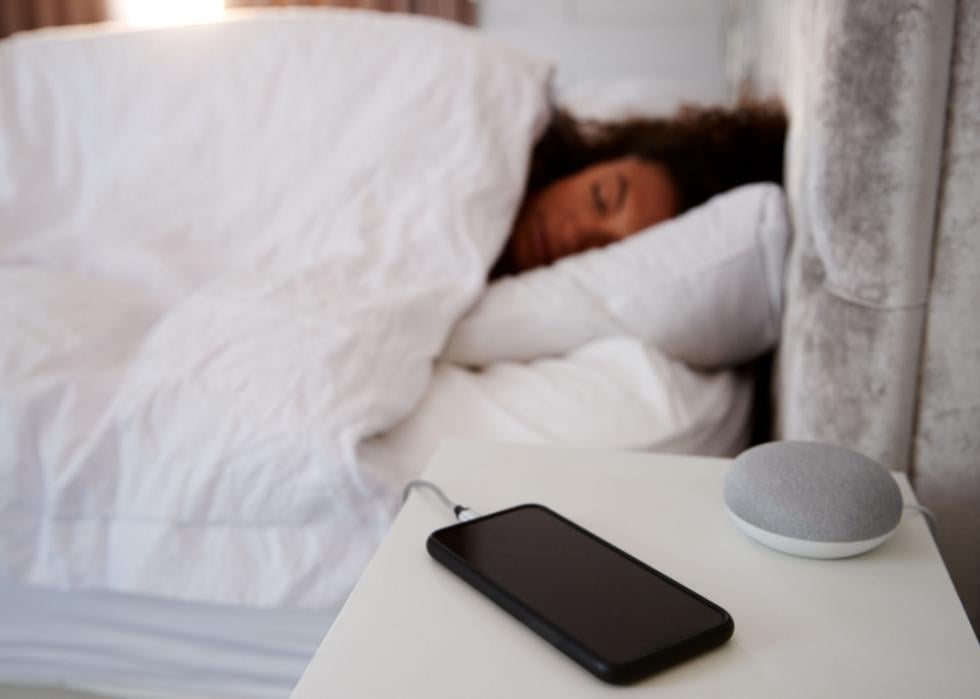
Myth: Leaving your phone plugged in overnight will damage the battery
Like many modern phone myths, overcharging is a phobia today because it once was rooted in reality.
Batteries in early smartphones tended to overheat if they exceeded their charging capacity, which, at best, could damage the battery life over time and, at worst, cause the phone to explode. This has led tech executives to issue statements cautioning against consumers leaving their phones plugged in overnight to avoid overcharging and, therefore, overheating. But modern lithium-ion batteries—used in mobile phones today—are more energy-efficient than earlier versions and no longer suffer from the same memory deficiencies that lead to overcharging.
In 2021, Kent Griffith, an energy storage researcher from the University of Cambridge, confirmed to Wired UK that current phone batteries are designed to stop charging once they hit a limit, thus avoiding the issue of overheating.
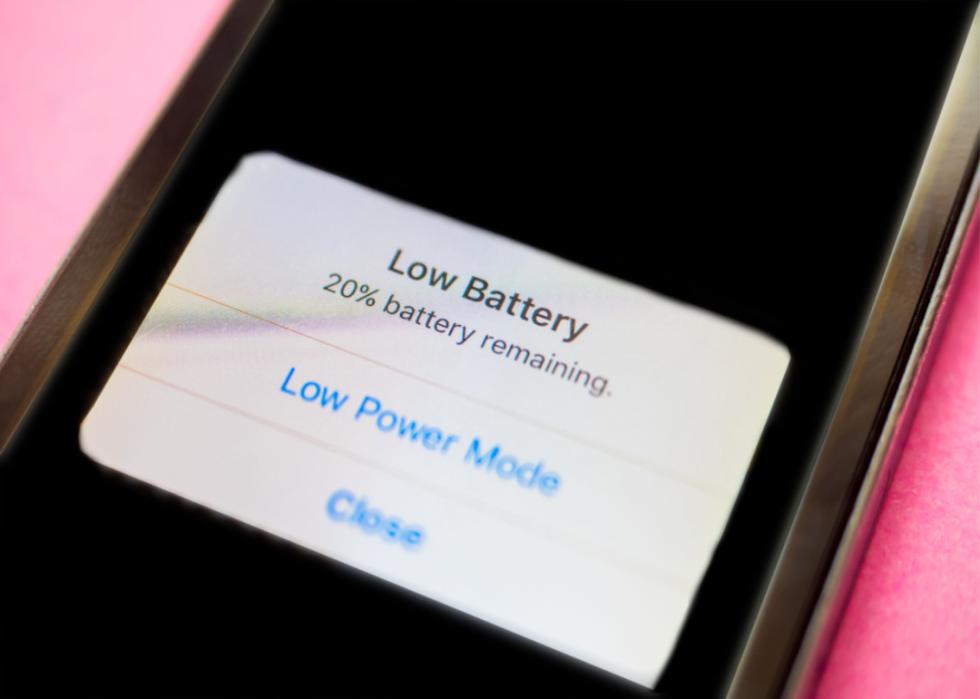
Myth: You should let your phone battery drain completely before charging it
This is yet another example of a phone myth that has endured because it was once true. As CNET learned, early mobile phones were prone to weakened memory capacity if their batteries didn't completely drain before being charged; this was because of the older lithium-ion batteries.
However, in 2021, Cadex Electronics commissioned a study confirming improved charge capacity regulations in modern lithium-ion batteries. Similarly, in 2022, researchers at IT Power in Australia verified that though some commercial lithium-ion batteries suffer from decreased performance over time, many maintain reliable energy capacity. Nowadays, letting your phone's battery die can trigger a usually inconsequential chemical reaction, according to CNET; however, if this happens enough times, the phone will begin to lose its ability to hold a charge.
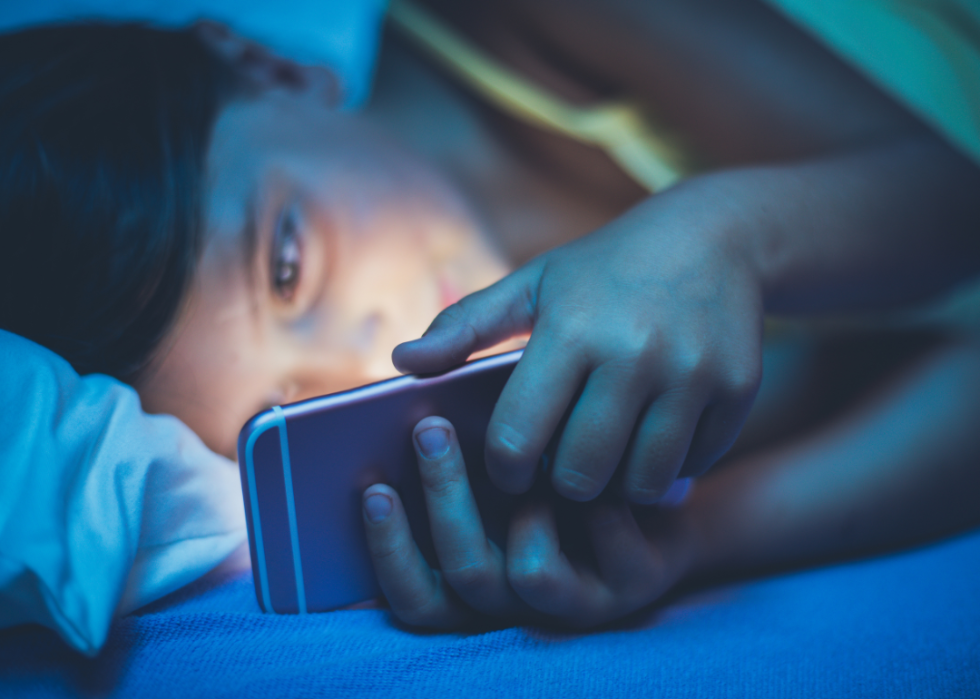
Myth: Putting your phone on 'dark mode' will help you sleep better
It might seem intuitive that putting your phone on dark or night mode will decrease your blue light intake, improving sleep quality. A recent increase in awareness of the harm of blue light has led to many being wary of their phone's brightness. However, studies have shown that although dark mode may slightly reduce eye strain, it does not have a noticeable effect on sleep.
A 2019 study from Rensselaer Polytechnic Institute's Lighting Research Center found no notable difference in melatonin production between those who used devices in dark mode before bed and those who didn't. (The blue light emitted from your phone screen has long been believed to suppress melatonin, which can prevent sleep.) A similar study from Brigham Young University released in 2021 also found that sleep patterns were not meaningfully different between dark and non-dark mode users.
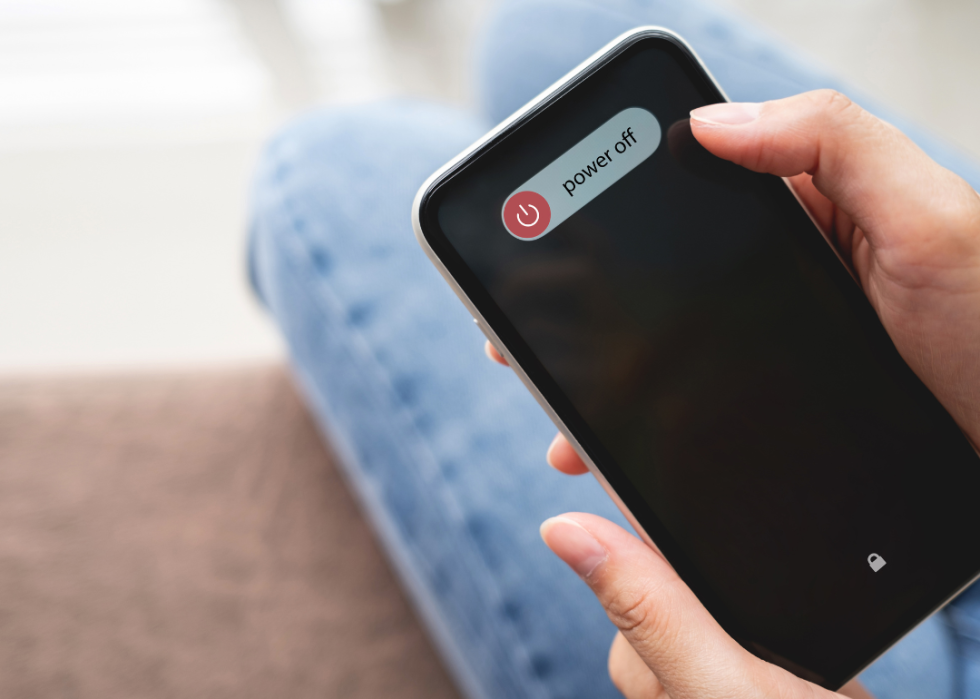
Myth: Turning off a smartphone makes it untraceable
At first glance, it's logical to assume turning your phone off prevents it from being tracked. Turning your phone off does disable its wireless communications, including location services, GPS signal, and cellphone tower triangulation.
However, in 2018, Northeastern University researchers found that even with GPS sensors turned off, they could still track cellphones through various other sensors used by apps, including ones that gauge how fast a phone is moving and in what direction it's rotating. This echoed a 2013 Washington Post article noting that the National Security Agency can track cellphones even when turned off.
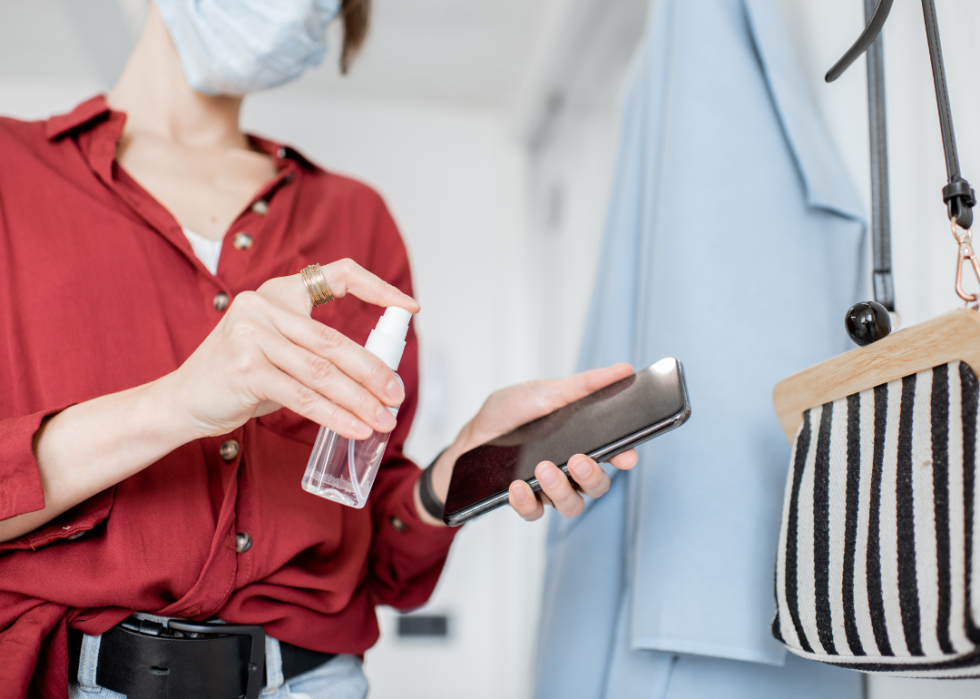
Myth: You can't fully disinfect your phone
The notion that disinfecting your phone causes damage was oft-cited during the onset of the COVID-19 pandemic in 2020, possibly due to two factors. There were no published scientific studies yet about disinfecting phones specifically, and manufacturers warn against using all-purpose cleaners on phones for fear of damaging them.
However, scientists have studied the efficacy of various materials to rid screens of certain common bacteria, including methicillin-resistant Staphylococcus aureus, or MRSA. In 2013, a study published in the American Journal of Infection Control found that microfiber cloths, bleach, and alcohol all effectively removed 100% of the pathogens from a tablet screen.
Similarly, a 2014 study published in the Journal of Hospital Infection recommended bleach for clearing MRSA and vancomycin-resistant Enterococcus, or VRE, from tablets. As long as they're applied with a microfiber cloth, these methods can also effectively rid your phone of harmful germs.
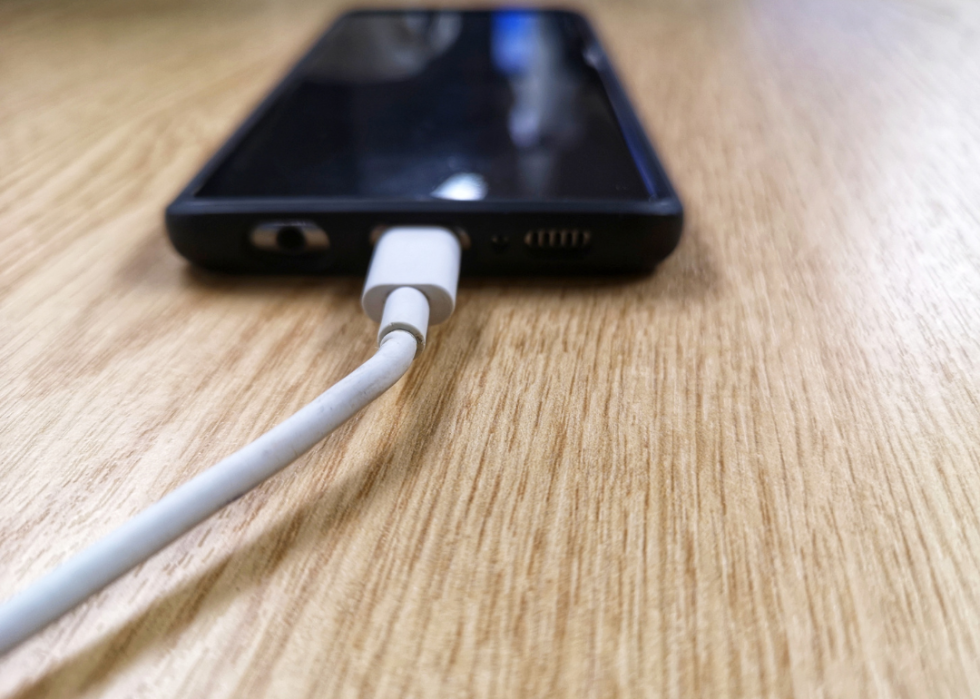
Myth: You should only use the charger that came with your phone
Some cellphone companies advise consumers to only use their branded chargers. In reality, the ability of a charger to juice up a cellphone depends on both the watts emitted from the charger and the wattage capacity of the phone. For instance, a phone with a 20-watt battery will charge much faster with a 20-watt charger than a 5-watt charger, but the 5-watt charger will eventually get the job done just the same.
In 2022, CNET tested a new ultra-fast 45-watt charger against a less expensive 25-watt charger. They found that both chargers fully restored the phone's battery life, though the former did so only slightly faster than the latter.
Story editing by Jaimie Etkin. Copy editing by Paris Close. Photo selection by Lacy Kerrick.



